Growing Influence of E-Commerce
The rise of e-commerce platforms has transformed the way consumers shop for furniture, including kids storage solutions. The Kids Storage Furniture Market is benefiting from this trend, as online shopping offers convenience and a wider selection of products. Data shows that online sales of furniture have increased by approximately 20% in recent years, with many parents preferring to browse and purchase items from the comfort of their homes. E-commerce also allows for easy comparison of prices and features, enabling consumers to make informed decisions. As more retailers enhance their online presence and improve customer experience, the Kids Storage Furniture Market is expected to continue its upward trajectory, driven by the accessibility and efficiency of online shopping.
Emphasis on Eco-Friendly Materials
Sustainability is becoming a key consideration for consumers in the Kids Storage Furniture Market. Parents are increasingly seeking products made from eco-friendly materials, such as reclaimed wood and non-toxic finishes. This shift is driven by a growing awareness of environmental issues and a desire to provide safe, sustainable options for their children. Recent studies indicate that nearly 60% of parents are willing to pay a premium for furniture that is environmentally friendly. As a result, manufacturers are adapting their production processes to incorporate sustainable practices, which not only appeal to eco-conscious consumers but also enhance brand image. The emphasis on eco-friendly materials is likely to shape the future of the Kids Storage Furniture Market, as companies strive to meet the evolving preferences of their customer base.
Increased Awareness of Child Safety
Safety remains a paramount concern for parents when selecting furniture for their children. The Kids Storage Furniture Market is experiencing a shift towards products that prioritize safety features, such as rounded edges, non-toxic materials, and sturdy construction. This heightened awareness is influencing purchasing decisions, as parents are more inclined to invest in furniture that ensures their child's well-being. Recent surveys indicate that over 70% of parents consider safety as a critical factor when buying kids furniture. Consequently, manufacturers are responding by designing products that not only meet safety standards but also appeal to children's tastes. This focus on safety is likely to enhance the reputation of brands within the Kids Storage Furniture Market, fostering consumer trust and loyalty.
Rising Disposable Income Among Families
As disposable income levels rise, families are increasingly willing to invest in quality furniture for their children. The Kids Storage Furniture Market is poised to benefit from this trend, as parents prioritize durable and aesthetically pleasing storage solutions. With more financial resources at their disposal, families are likely to seek out premium products that offer both functionality and style. Market analysis suggests that the demand for higher-end kids furniture is on the rise, with a projected growth rate of 4.5% over the next few years. This trend indicates a shift towards valuing quality over cost, as parents recognize the long-term benefits of investing in well-made furniture. Consequently, the Kids Storage Furniture Market may see an influx of innovative designs that cater to the desires of affluent consumers.
Rising Demand for Space-Saving Solutions
The increasing trend of urbanization has led to smaller living spaces, which in turn drives the need for efficient storage solutions. In the Kids Storage Furniture Market, parents are seeking innovative designs that maximize space while providing functionality. This demand is reflected in the growing sales of modular and stackable furniture, which cater to the needs of families living in compact homes. According to recent data, the market for space-saving furniture is projected to grow at a rate of 5.2% annually, indicating a robust interest in products that combine style with practicality. As families prioritize organization and tidiness, the Kids Storage Furniture Market is likely to see a surge in products that offer clever storage solutions without compromising on aesthetics.


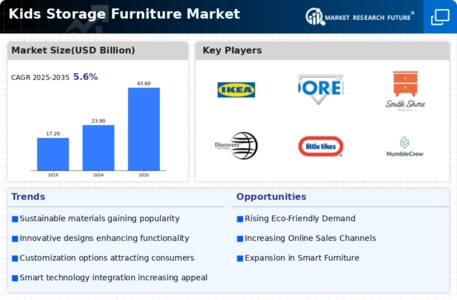
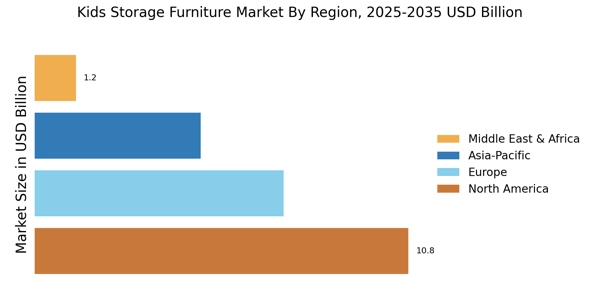

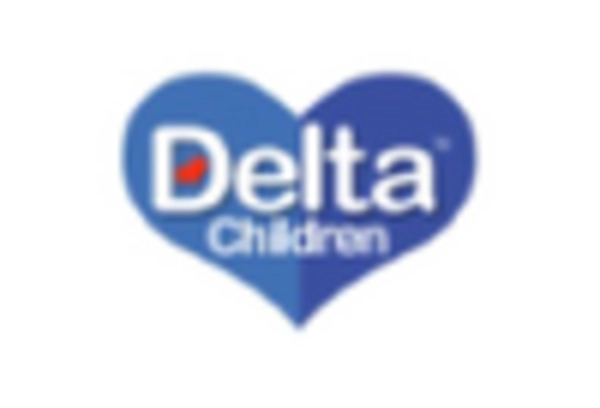
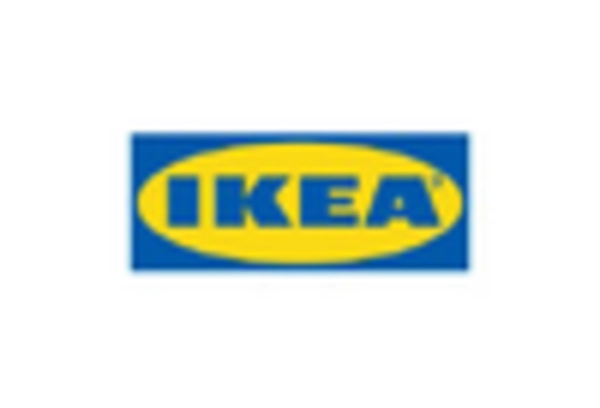
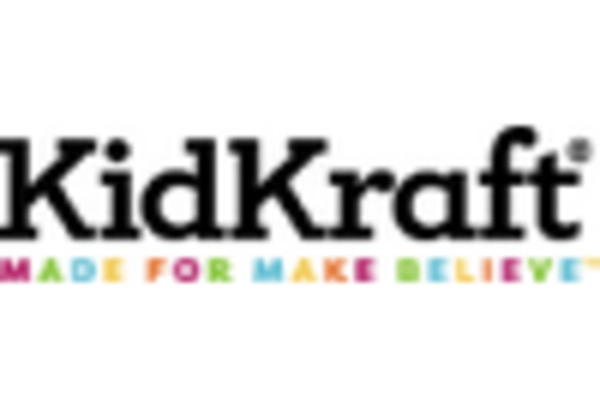
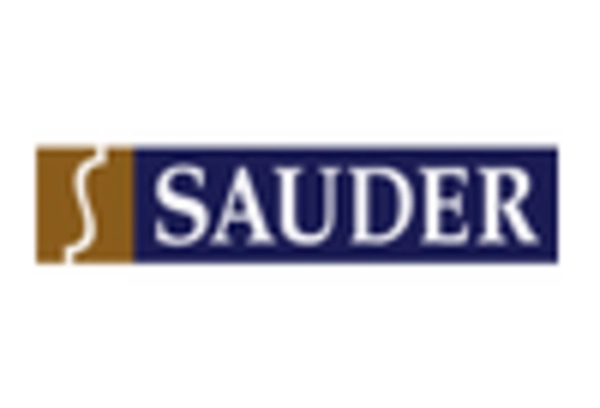









Leave a Comment